This month now marks the sixth time during the last thirteen months that there has been some kind of trading difficulty at the beginning of a new month.
It’s a small sample, but 46% of the time during the last thirteen months there has been some kind of market stumble. And some of these stumbles are not insignificant …
The market was lower by 6.1% during the July to August transition (July to August 2024).
The market lost 4.2% during the August to September transition (Aug to September 2024).
The market declined by 11.2% during the March to April transition (March to April 2025 — Liberation Day trading).
And in the most recent monthly transitions – a 1.6% decline from July to August and a 70-basis point loss from August to September.
Those numbers represent performance for the S&P 500 from month-end to the lowest levels at the beginning of the new month.
Why is this occurring?
All sorts of investors tend to move either at the end of a month or the beginning of a new month. And these movements have little to do with company-specific fundamentals. They can, however, have an outsized impact on market volatility.
So, who are these investors? Quantitative investors for one. There are a tremendous number of quant strategies used to manage portfolios, and many of those strategies are designed to systematically rebalance once a month. It’s a combination of math and consistency. And a “clean” time to undertake such a systematic rebalance is month-end. Or the beginning of the month.
Asset Allocators also tend to move at the beginning or end of the month. As an example, think deployment of 401k contributions following pay cycles. And asset managers of various stripes, including ETFs, make use of end-of-month (EOM) index options to manage flows and true up positions.
Together, these activities can, and often do, generate volatility during or exiting month-to-month transitions.
Here’s the million-dollar question. How do we know when a new month stumble will be a dip that will be bought or when the market will continue to tumble lower?
You’re familiar with the saying that there are no guarantees other than death and taxes …
Well, in the six most recent market stumbles during these monthly transitions (dating back to August 2024) our algorithm for demand was at neutral or higher at month-end (We measure demand in the marketplace by an algorithm that we call Sentiment). In other words, behind the scenes there was healthy demand for equities as Sentiment was at neutral or higher.
To summarize, having trading hiccups at the beginning of a new month is nothing new.
Disclosure: Interactive Brokers Third Party
Information posted on IBKR Campus that is provided by third-parties does NOT constitute a recommendation that you should contract for the services of that third party. Third-party participants who contribute to IBKR Campus are independent of Interactive Brokers and Interactive Brokers does not make any representations or warranties concerning the services offered, their past or future performance, or the accuracy of the information provided by the third party. Past performance is no guarantee of future results.
This material is from Market Structure EDGE and is being posted with its permission. The views expressed in this material are solely those of the author and/or Market Structure EDGE and Interactive Brokers is not endorsing or recommending any investment or trading discussed in the material. This material is not and should not be construed as an offer to buy or sell any security. It should not be construed as research or investment advice or a recommendation to buy, sell or hold any security or commodity. This material does not and is not intended to take into account the particular financial conditions, investment objectives or requirements of individual customers. Before acting on this material, you should consider whether it is suitable for your particular circumstances and, as necessary, seek professional advice.
Disclosure: Options (with multiple legs)
Options involve risk and are not suitable for all investors. For information on the uses and risks of options read the "Characteristics and Risks of Standardized Options" also known as the options disclosure document (ODD). Multiple leg strategies, including spreads, will incur multiple transaction costs.
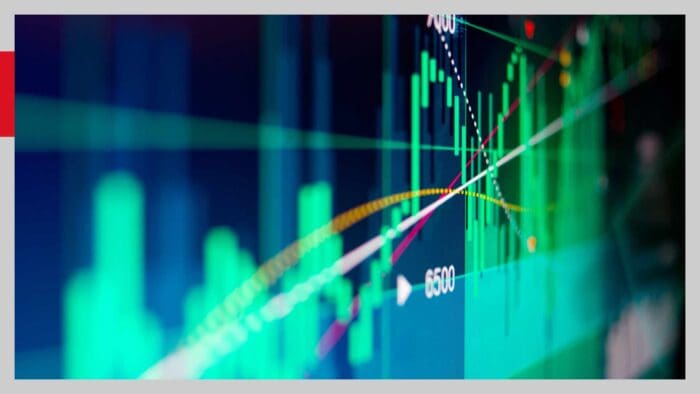
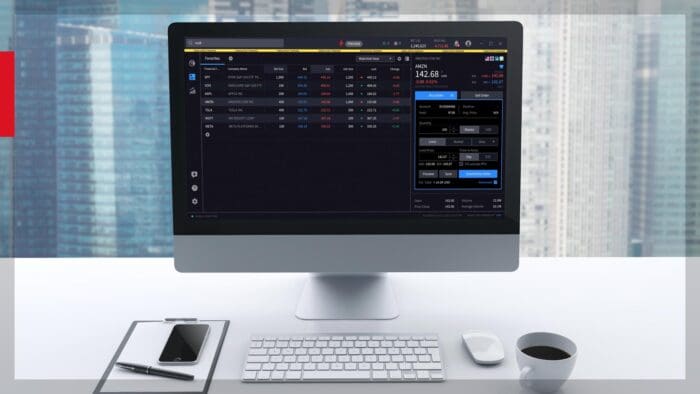


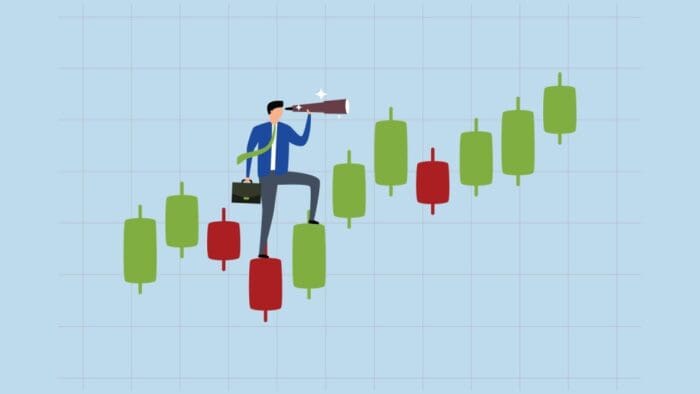
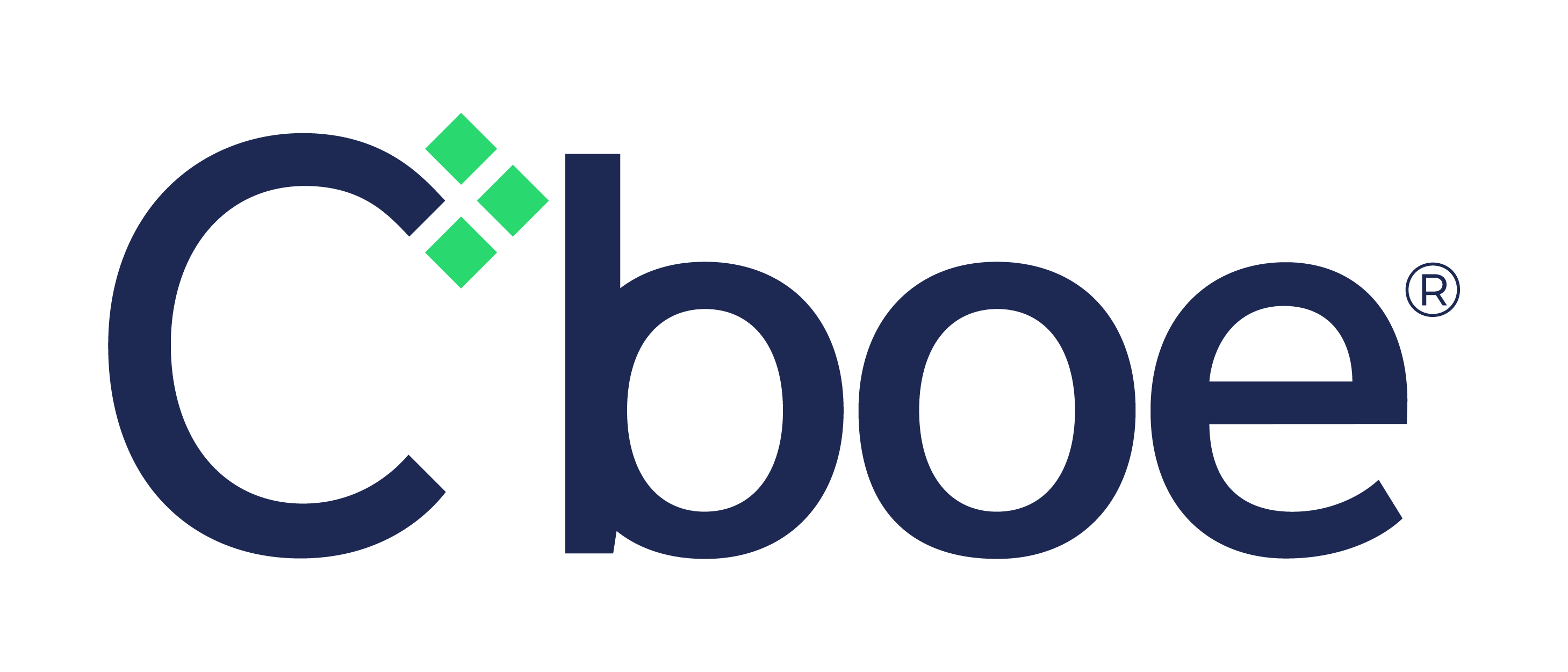


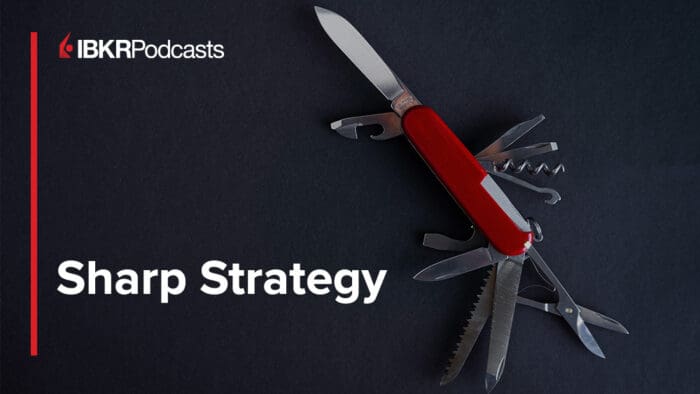
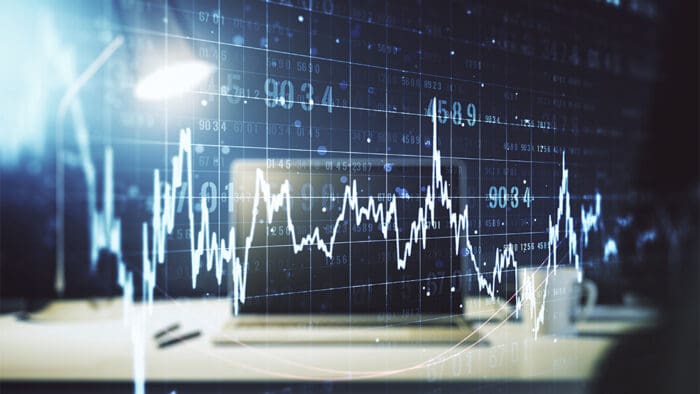



Join The Conversation
If you have a general question, it may already be covered in our FAQs page. go to: IBKR Ireland FAQs or IBKR U.K. FAQs. If you have an account-specific question or concern, please reach out to Client Services: IBKR Ireland or IBKR U.K..
Visit IBKR U.K. Open an IBKR U.K. Account